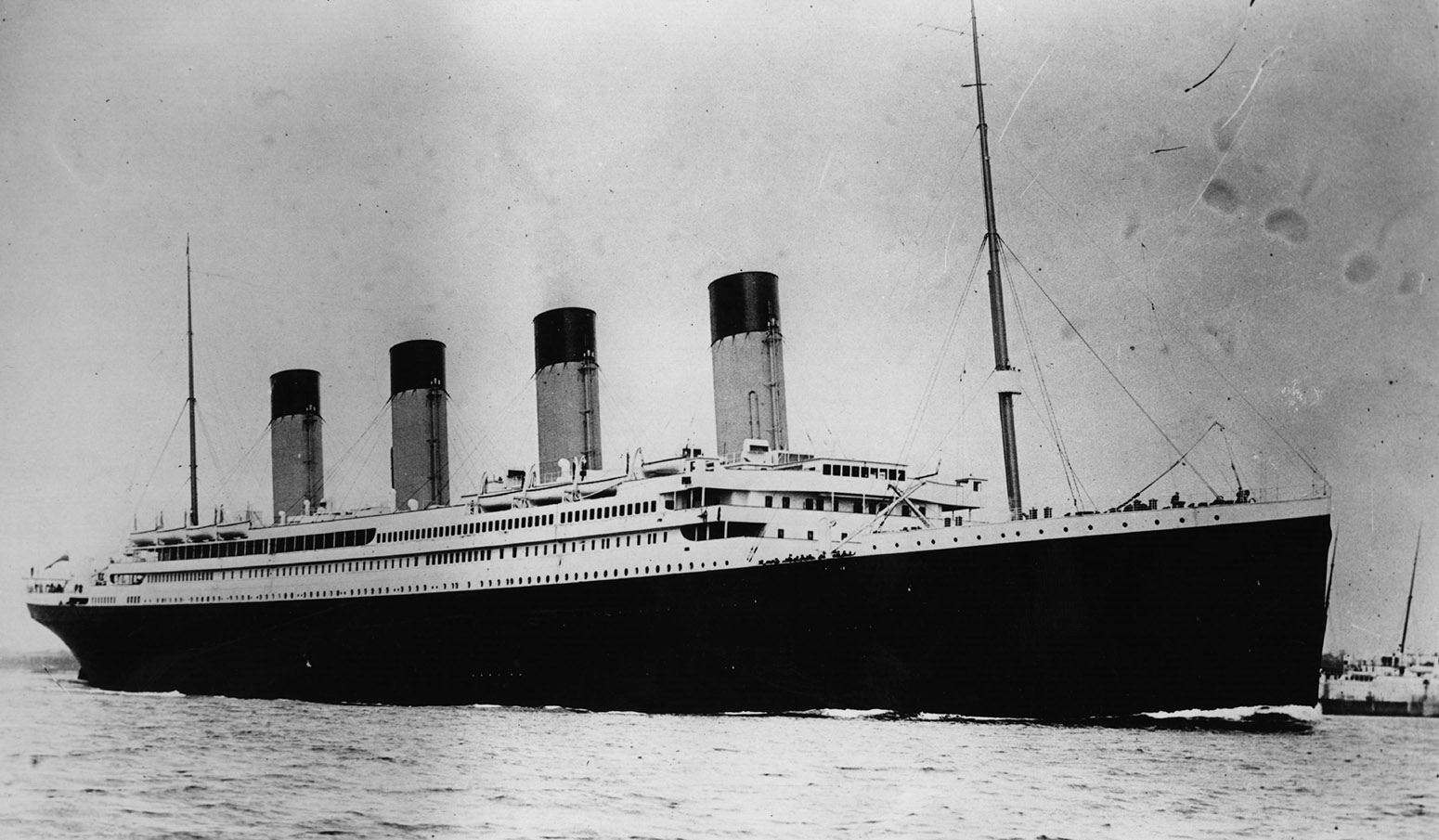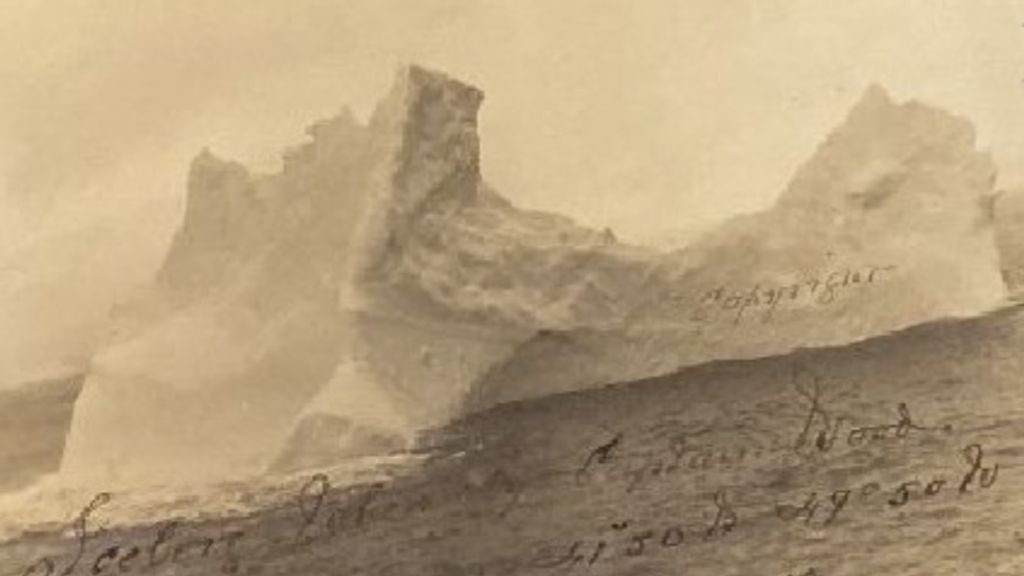IT'S ONE of the world's most famous and tragic catastrophes-- but it could have been entirely avoided.
On this day, 109 years ago, thousands of people were fighting for their lives on board the Titanic.
On the night of April 14, 1912, the RMS Titanic, the Belfast-built ship which was largest and most impressive ever built at the time, crashed into an iceberg as it made its way towards New York City on its maiden voyage.
In the early hours of 15 April, 1912, the enormous ship, ironically advertised as 'unsinkable', began to drop into the icy waters of the Atlantic-- along with the 2,200 souls on board.
1,500 people perished when the Titanic plunged into the icy depths of the Atlantic ocean, many succumbing to the cold or drowning in the glassy dark waters.
 The ill-fated White Star liner RMS Titanic, which struck an iceberg and sank on her maiden voyage across the Atlantic. (Photo by Central Press/Getty Images)
The ill-fated White Star liner RMS Titanic, which struck an iceberg and sank on her maiden voyage across the Atlantic. (Photo by Central Press/Getty Images)The Chief Radio Operator, Jack Phillips, was called 'the man who saved us all' as he remained at his post sending distress signals to any nearby ships calling for emergency assistance.
He stayed on board until the water began lapping at his feet, and later became one of the 1,500 casualties of the disaster-- but not before he successfully contacted the Carpathia, which saved 705 lives.
The Carpathia was stationed 58 miles (107km) away, and travelled at extreme speed through the icy waters to save as many as they could, despite knowing that icebergs were hiding in the dark sea.
The ship arrived an hour and 20 minutes after the Titanic sank, and it was too late for those who had been left in the water-- only those who had managed to reach the lifeboats on time were able to be saved.
The tragedy is made all the worse by the knowledge which emerged afterwards-- that another ship was just 20 miles away.
British liner The SS Californian was involved, on the sidelines, in the sinking of the Titanic in more ways than one: an hour before the Titanic struck the iceberg, the radio operator of the Californian sent a message to nearby ships warning of ice fields ahead.
The Titanic's radio operator, Jack Phillips, decided not to alert the ship's captain to the message as the Californian's warning did not begin with the prefix MSG (Master's Service Gram), which would have required the captain to confirm he had received the message.
A fateful decision by Jack Phillips, one which could have averted the disaster entirely.
 The iceberg believed to be the one which sunk the Titanic (Image: Henry Aldridge and Son, Auctioneers)
The iceberg believed to be the one which sunk the Titanic (Image: Henry Aldridge and Son, Auctioneers)But even after the Titanic struck the iceberg, hundreds more lives could have been saved, as the Californian was just 40 minutes away.
But as Phillips desperately sent out distress signals over the radio even as the Titanic began flooding, the messages were not picked up by the nearby ship as the radio operator who had sent the initial warning had gone off duty.
A later inquiry found that crew on board the Californian would certainly have been able to see the Titanic's rockets as the ship went down, and may even have been able to see the ship itself-- a carpenter on board the ship, James McGregor, told US newspaper The Clinton Daily Item, that he had seen both the ship and distress rockets.
The United States Senate inquiry, as well as the British Wreck Commissioner's inquiry, both found that the Californian could have saved many-- or even all-- of the lives lost on the Titanic were it not for the inaction of the crew.
But the ship's captain, Stanley Lord, disputed the findings-- despite first claiming he had not seen the rockets and then changing his story to say the rockets were from a different ship-- and spent the rest of his life trying to clear his name.
In 1992, the UK's Marine Accident Investigation Branch re-investigated the findings, and still condemned the inaction of Captain Lord and the crew of the Californian-- but acknowledged that the time it would have taken for the ship to reach the Titanic would likely still have been too late to save those in the water.
The fates of the two ships were inseparably tied together-- and the irony was not lost when, three years after the Titanic sunk, the Californian suffered the same fate.
In 1915, the Californian was sunk in the waters of the Eastern Mediterranean by German submarines during World War I; one person was killed and another two injured.
Unlike the Titanic however, whose wreckage has been examined and investigated extensively over the past century, the wreckage of the Californian has never been found.

